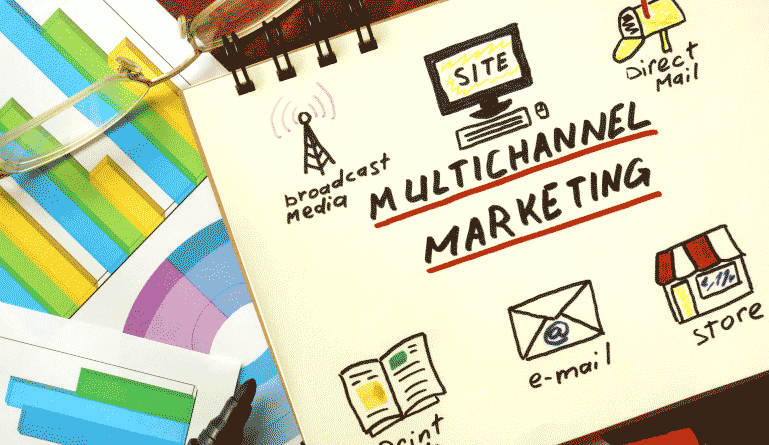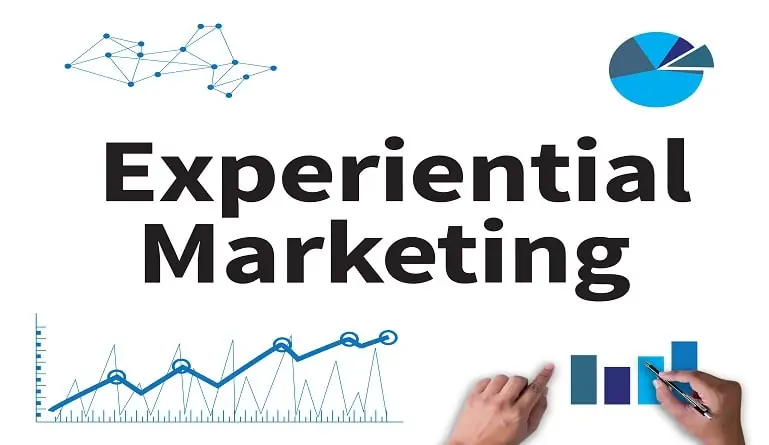Multichannel attribution refers to analyzing customer journeys and conversion data to determine which channels are witnessing the highest conversion rates and the interactions leading up to it.
With the rise and rise of marketing analytics, attribution has become vital to formulating marketing strategies since it gives you data-driven insights into channel performance. The advent of powerful marketing multichannel attribution tools, combined with the need to keep up with customer preferences, has further increased popularity.
This article discusses the critical metrics in multichannel attribution, your challenges, and how to overcome them.
Key Metrics in Multichannel Attribution
The success of the multichannel attribution tools you use lies in the metrics you measure. Marketers tracking the attribution journey of their buyers should watch the following:
- Conversion paths: The first step is to map a customer’s specific conversion pathway across the entire marketing funnel. This includes identifying the touchpoints in the conversion path and their sequence.
- Touchpoints and their value: Next, you analyze each touchpoint on the customer journey and quantify their value. Some organizations also measure the frequency of touchpoint interactions and the time taken to reach conversion.
- Attribution weighting: This is the central metric to monitor as part of your multichannel attribution strategy. It assigns a weightage to each touchpoint based on its role in the conversion process. There are several ways to give weightage, as we discuss later.
Common Challenges in Multichannel Attribution
Multichannel attribution is a staple in any marketers’ toolkit, but it does pose a few challenges. To get clear and meaningful insights from attribution and tracking, you need to overcome the following:
1. Challenges in data collection and integration
Organizations and their marketing teams may need help to gather data from various sources, such as websites, social media platforms, and offline interactions. The problem arises when data is scattered, inconsistent, or incomplete, making it difficult to accurately attribute conversions to specific touchpoints.
To address this challenge, you can implement a unified tracking mechanism that consolidates data from all channels into a centralized platform. This allows you to have a holistic view of the customer journey and get rid of data silos. Fortunately, most multichannel attribution tools will do this for you automatically using data aggregation application programming interfaces (APIs).
2. Confusion about choosing the suitable attribution model
Numerous models are available, including first-touch, last-touch, linear, and position-based, each with strengths and weaknesses. Marketers may need help determining which model aligns best with their business goals.
To tackle this challenge, you can adopt a data-driven approach by analyzing historical data and experimenting with different attribution models. A/B testing lets you identify the model that accurately reflects target customer behavior and optimizes your marketing strategies accordingly.
Some of the attribution models to choose from include:
A. First-touch attribution
This model attributes all the credit to the first touchpoint a customer interacts with. It helps analyze which channels are effective in attracting new customers. For example, if a customer first discovers a brand through a social media ad and later converts, first-touch attribution gives weightage to social media for initiating the customer’s journey.
B. Last-touch attribution
Here, all the credit goes to the last touchpoint before conversion. It helps identify the channel that directly influenced the final purchasing decision. For instance, if a customer sees a Google ad, clicks on it, and purchases, last-touch attribution credits Google as the channel responsible for the conversion.
C. Linear attribution
This assigns equal credit to every touchpoint throughout the customer journey. It provides a more balanced view of the importance of each channel. For example, suppose a customer interacts with multiple touchpoints, such as social media ads, email campaigns, and website visits, before converting. In that case, linear attribution evenly distributes the credit across all these channels.
D. Time decay attribution
Time decay attribution assigns more significant credit to touchpoints closer in time to the conversion. It acknowledges that touchpoints occurring right before the conversion tend to have a more substantial impact. For instance, if a customer engages with various touchpoints like webinars, blog posts, and a final email offer before converting, time decay attribution demarcates more weight to the blog and the emailer, given their proximity to the conversion.
E. U-shaped attribution
In this case, more emphasis is placed on the first and last touchpoints, estimating them as vital in the customer journey. This helps ascertain the initial burst of curiosity and final decision-making moments. For example, suppose a customer initially discovers a brand through a display ad, engages with social media content, and finally converts after receiving an email. In that case, U-shaped attribution emphasizes the display ad and email as the critical drivers for conversion.
3. Adapting to changes in customer behavior
Customer behavior continuously evolves, making it hard for marketers to keep up. Preferences, habits, and channels of choice can change rapidly, rendering previous attribution strategies ineffective.
Therefore, continuous monitoring and analysis of customer behavior is crucial. Stay updated on market trends, conduct regular customer surveys, and leverage predictive analytics to anticipate changes in behavior – such as a shift in channel preferences.
Organizations must ensure they complement their attribution activities with more overarching customer intelligence studies so they can view and assess interactions and touchpoint decisions with the appropriate contextual ramifications.
Tools and Technologies for Multichannel Attribution
Globally, the marketing attribution software market was valued at $3.7 billion in 2022 and is expected to cross $9 billion in the next five years. This is because the average customer’s interactions with the brand are increasingly multifaceted, and trends like the Metaverse and chatbots could further add to the channel mix.
Some top marketing attribution tools are HubSpot Marketing Hub, Google Analytics Attribution, WhatConverts, Adobe Analytics, and Funnel. No matter which software you choose, here are the key features to look for in an attribution tool:
- Multi-channel tracking: The tool must track and attribute conversions across various channels, including digital platforms, social media, offline interactions, and more.
- Customizable models: Look for a tool that offers flexibility in choosing and customizing attribution models to align with your business goals. You should be able to easily experiment with different models without spending much time or effort on configuration.
- Data visualization: The tool has to fetch information from multiple data sources, such as CRM systems or advertising platforms, and share them in precise and visually appealing dashboards. Visualization features are essential since target users won’t possess extensive technical knowledge.
- Real-time analytics: This feature lets you track campaign performance and adjust strategies on the go. Search for a tool that provides timely and actionable insights, pure-play metrics, and raw data.
- Cross-device tracking: With customers using multiple devices, select a tool to track and attribute conversions across various delivery options. This ensures you can capture the variance in CX when customers encounter the same touchpoint on a different device or platform.
- Scalability and reliability: The attribution tool must handle large amounts of data and provide stable, efficient performance even when accessed by multiple stakeholders. It should accommodate your evolving business needs as you diversify your channel presence.
- Customer support and training: Consider the availability of customer support and training resources offered by the tool’s provider. It’s essential to have access to assistance when needed since multichannel attribution is a complex activity, and each device will have unique, custom functionalities.
The Future of Multichannel Attribution: Trends to Prepare for
As you adopt multichannel attribution tools, revisit your channel strategies, and optimize your marketing mix, preparing for the latest trends in this space is essential. For example, incrementality testing is quickly gaining traction to test multichannel decisions in controlled environments.
These are controlled experiments with randomized or arbitrary sample sets – in which your audience is divided into two groups: the test group, which experiences the marketing campaign, and the control group, which does not. Then, the incremental lift ascribed to the marketing strategy is calculated by contrasting the conversion indices of each group.
Another critical trend is privacy-preserving attribution, which helps you comply with the General Data Protection Regulation (GDPR) and the California Consumer Privacy Act (CCPA) and operate within new guidelines like Meta’s consent mechanism.
Here, the tools enable attribution modeling without compromising the privacy and anonymity of the users, owing to methods like differential privacy (a mathematical model for anonymized data sharing) and multi-party computation (crowdsourced data collection without sharing personal information).
Ultimately, multichannel attribution is here to stay. The proliferation of new forms of digital media will only add to its importance and drive the adoption of multichannel attribution tools.
Next, read the Forbes whitepaper on How Marketing Strategies and Investments Drive Enterprise Value. If you enjoyed reading this article, please share it on social media by clicking on the Facebook, LinkedIn, and X (formerly Twitter) buttons on top.





